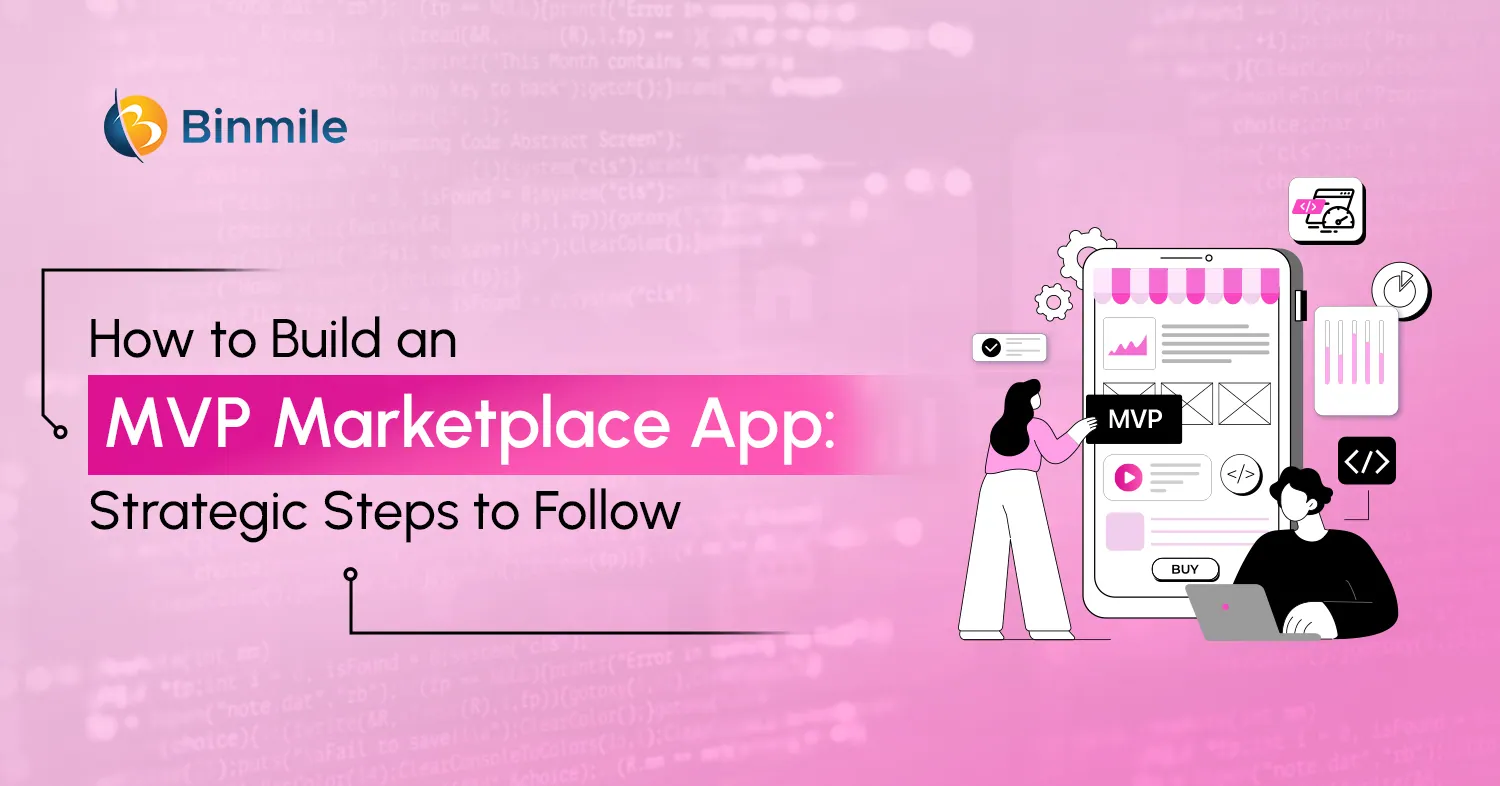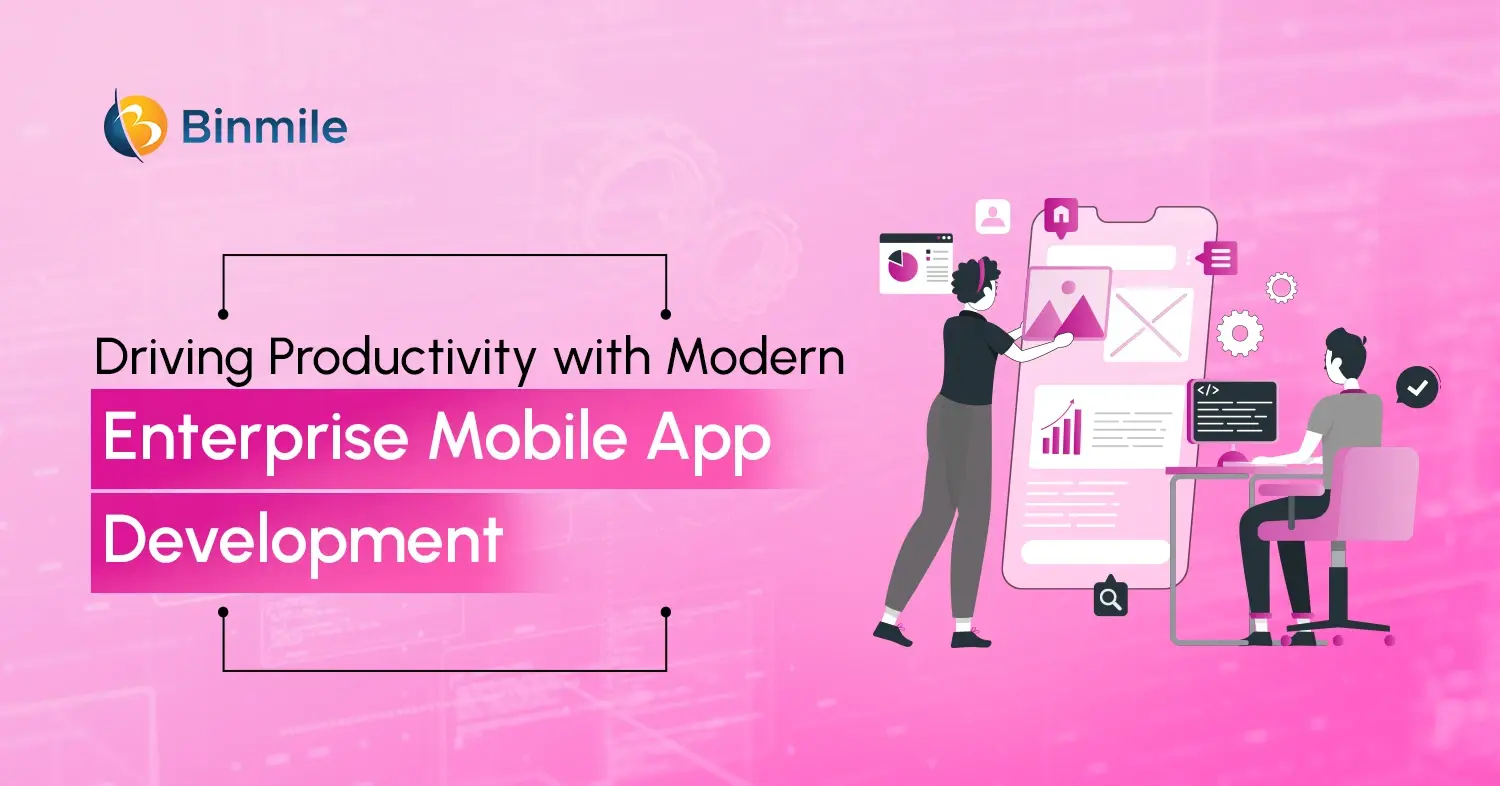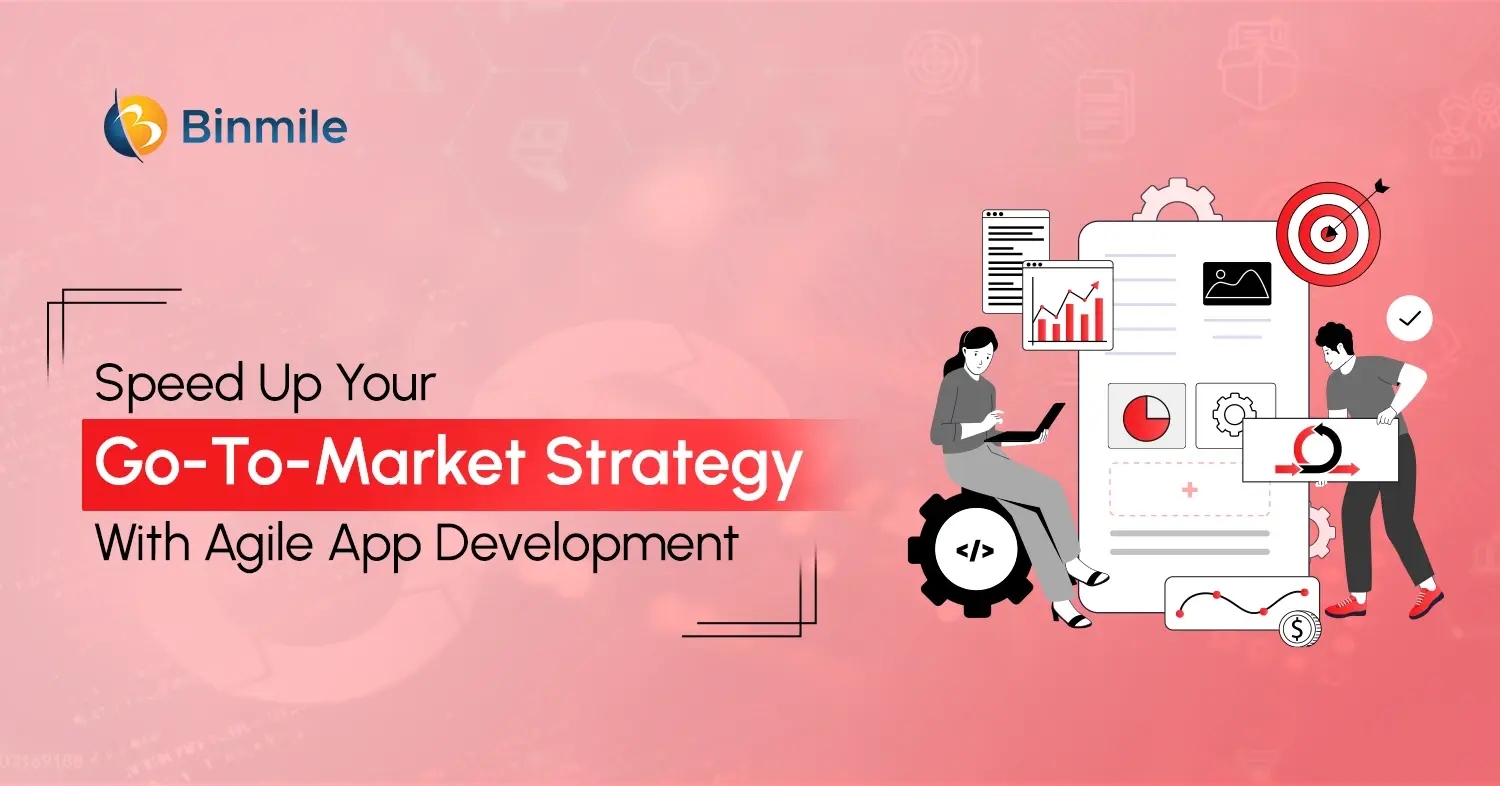About 35% of startups fail for the reason that their fully fledged product is not desired within the targeted market. The product viability problem is very common across all enterprises, and they often have to determine whether their app is a market fit or not. This risk also arises when building a marketplace app, where the primary concerns are product viability and how to develop complex workflows at minimal cost. This is why creating a Minimum Viable Product (MVP) marketplace app is beneficial, as it enables businesses to launch a basic version with core features without incurring heavy investment.
However, building an MVP first can be a time-consuming process if the development team does not know how to develop it with a faster time-to-market. So, how do you build a successful MVP for your marketplace app? This blog will walk you through the top benefits, a step-by-step guide, and the estimated cost to build MVP for marketplace app.
Why You Need an MVP Marketplace App: 4 Benefits of an MVP Development
Launching an MVP for marketplace apps involves making a basic version of the actual product, but with all the core features for a smooth, functional operation. This version is designed to gather feedback from actual users and test it in the real world to determine its viability. Here are some of the most notable benefits of creating an MVP first.
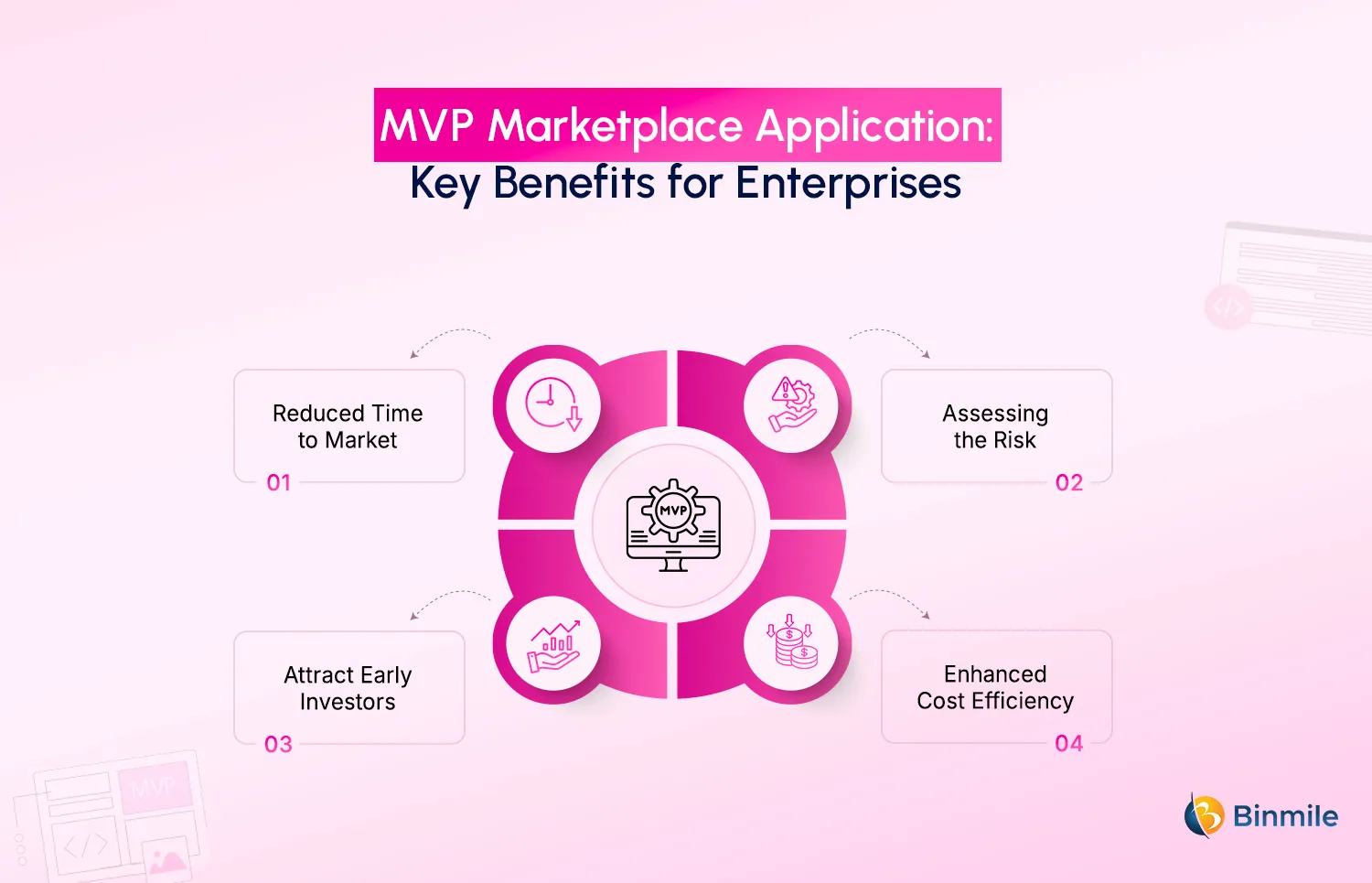
1. Reduced Time to Market
An MVP marketplace app development helps build awareness among the targeted users, as businesses can develop the MVP in approximately 4 to 12 weeks and then test it out. Whereas, creating the full product can be a non-viable option and takes over 6 months to 1 year, depending on the features and other requirements. Having an MVP first enhances time to market duration (TTM) and helps businesses to market effectively, thus resulting in achieving early ROIs.
2. Assessing the Risk
An MVP encompasses all the stages of the app development process, but with a clear focus on adding the core features initially to get user feedback. Leveraging an MVP version provides early validation and helps to build MVP for marketplace startup without involving high development costs. This is because after developing an MVP, you can iterate based on the user feedback and add or remove functionalities based on that. By creating an MVP first, businesses reduce the risk of failure and also avoid any financial losses or reputational damage.
3. Attract Early Investors
Having an MVP app development first for the marketplace platform helps in gaining investors starting from day 1 of the launch. Even though an MVP serves as a limited version, it has core functionalities that gather user feedback, which builds confidence among potential investors. It helps in early access to the user interest, which results in availing funding to scale the MVP to the next level – the final product.
4. Enhanced Cost Efficiency
With MVP marketplace app development, businesses can avoid building an expensive and extensive app with advanced features that don’t resonate with targeted users. By prioritizing user feedback, businesses can build smarter products with less development cost. In almost all cases, the initial development cost of an MVP can range from $4,000 to $10,500, whereas the final product cost can range from $25,000 to $100,000+.
How to Successfully Build an MVP Marketplace Application
Creating an MVP for a marketplace app involves the implementation of a strategic development approach. Let’s explore the 6 practical steps for building the MVP that resonates with user interests.
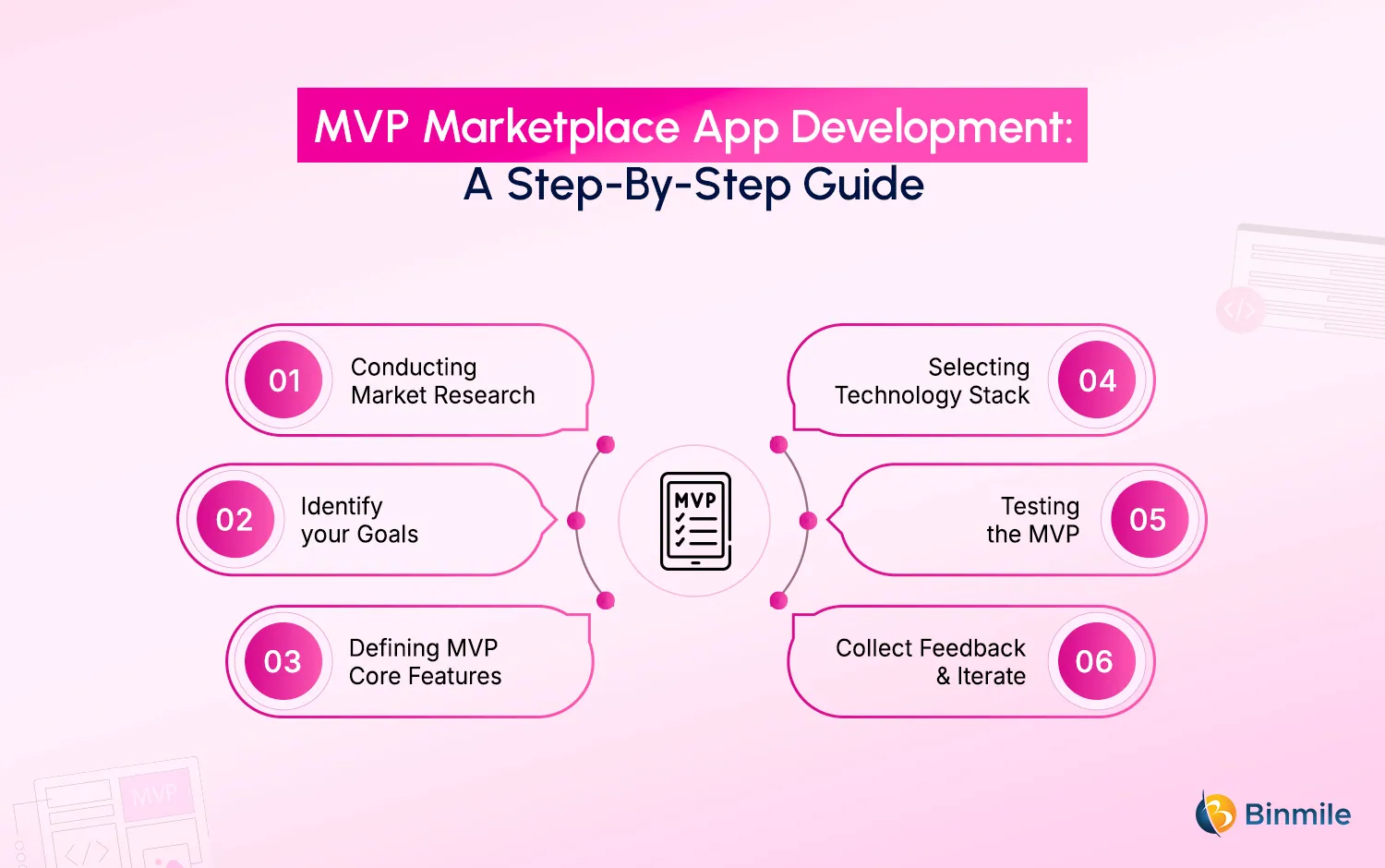
1: Conducting Market Research
Before starting the journey of creating an MVP, businesses need to understand their target market and the targeted audience carefully. They need to clear some questions for themselves, such as:
- Who benefits from this development?
- What are the current market conditions and trends to follow?
- What will be the type of marketplace model? (e.g., B2B, B2C, C2C, or more)
- What will be the total cost of the MVP marketplace platform?
Having answers to the above questions, businesses can now start identifying their goals and pursue building a marketplace that has a positive market fit rate.
2: Identify your Goals
After conducting in-depth market research, development teams have to form an entire agile development strategy that goes well with their goals and objectives. For a successful MVP marketplace app, it is recommended that the stakeholders and dedicated development teams should come together to assess the viability and scope of the MVP. The discussion can include the following points:
- Creating outlines about how the two parties, that is, buyers and sellers, will interact with each other.
- Choosing a particular type of niche and addressing it through MVP development.
- Tracking and measuring the success at every development stage using KPIs (Key Performance Indicators) such as churn rate, customer acquisition cost (CAC), and user activation rate.
3: Defining MVP Core Features
Before starting the development process, teams should ensure that only the essential and core features are added in the MVP phase. As part of a well-structured MVP development framework, this approach helps validate the idea by building the foundation using core functionality in such a way that it creates an effective interaction between both parties — the buyer and the seller.
We’ll explore some of the top features to include in the MVP marketplace app development in the detailed section below.
4: Selecting Technology Stack
After defining the features, the next step is to build MVP for marketplace startup using technology stacks or other useful platforms. Investing in one of the best tech stacks helps teams to enable a connection with their users and form a seamless user experience for them. With the correct tech stack, developers can quickly build the prototype, update regularly with evolving needs, and smoothly integrate 3rd-party apps or APIs.
Utilizing low-code development platforms within the technology stack, teams can accelerate the process of MVP development for marketplace apps, resulting in enhanced agility. A low-code platform comes with tools or components that teams can easily drag and drop elements and make logical representations for development purposes. By providing pre-built libraries or components, it eliminates the need for actually writing code, resulting in reduced development time and faster delivery cycles.
5: Testing the MVP
Before launching the MVP marketplace application, teams should conduct end-to-end testing that includes acceptance testing, regression testing, security testing, load testing, and other relevant testing phases. This phase is executed to ensure that there are no broken workflows or bugs detected that can lead to unwanted issues and thus require costly fixes. Additionally, assessing the performance on different operating systems and devices leads to reduced chances of site crashes.
Once the testing is done, the app is considered stable enough to launch for the feedback perspectives. This provides businesses with the level of confidence that nothing will go wrong and users can easily book services with payment transactions that are secure and reliable.
6: Collect Feedback and Iterate
After testing the MVP thoroughly, businesses should soft launch it in a small group of real-world users. Once the MVP is live, development teams need to collect and analyze the feedback given by users. This can include suggestions to improve or add any feature that refines the functionality of the MVP version of the marketplace app.
Teams need to implement a plan to have an iterative MVP marketplace app development process that is continuous and is structured to analyze real-time insights and user behavior. In addition to this, performance metrics such as conversion rates, user retention, bounce rates, and exit rates must be monitored to assess the effectiveness of the MVP.
Need to build your online MVP marketplace application that reduces time-to-market and increases operational efficiency?
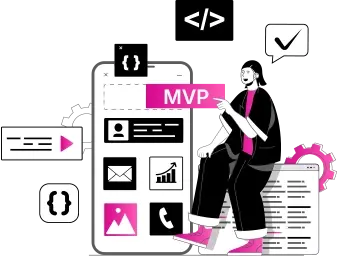
Essential Features and Cost Estimates for a Marketplace MVP
The MVP is the basic version of the final product and should have only the necessary features. This helps businesses refine the final product based on user feedback. Here are some of the core features to add on:
For Customers:
- Product listing with categorization types
- Search functionality to find the suitable fit
- Purchase tracking to check the delivery status
For Sellers:
- Creating product listings and managing them
- Basic dashboards for assessing the user traffic
- Payout setup with profile management
For Admin:
- Backend for user and order management
- Monitoring and reporting basic analytics
- Messaging system with customer support
Here’s an estimated cost of building an MVP based on the essential features that we have listed above.
| Features | Estimated Cost |
|---|---|
| Product listing with categorization types | $500 – $1,500 |
| Search functionality to find the suitable fit | $350 – $900 |
| Purchase tracking to check the delivery status | $300 – $850 |
| Creating product listings and managing them | $400 – $1,200 |
| Basic dashboards for assessing the user traffic | $600 – $1,100 |
| Payout setup with profile management | $350 – $850 |
| Backend for user and order management | $500 – $1,500 |
| Monitoring and reporting basic analytics | $350 – $900 |
| Messaging system with customer support | $400 – $1,000 |
| Total Cost (approximate cost of the mentioned features above) | $4,000 – $10,500 |
Please note that the final MVP marketplace app development cost will vary upon the features added, the type of technology stack, the complexity of the marketplace app, and many other factors. However, prioritizing only the core features, businesses will be able to have the actual development cost located within the given approximate cost discussed earlier.
Leverage the MVP development for your marketplace application that helps you build the product that is actually needed by the real world users.
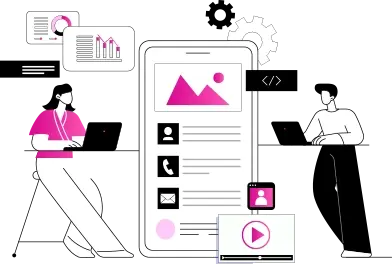
Closing Remarks on MVP Marketplace App Development
Launching an MVP first before a fully featured marketplace app helps businesses to assess their product’s viability and whether it’s required or not in the targeted market. This launch is a cost-effective solution and reduces the risk of financial losses that could happen with overinvesting in a product that doesn’t serve the real audience. Businesses utilizing the MVP model can gather real world feedback and make data-driven decisions to enhance the app’s idea and functionalities. However, organizations should implement the MVP marketplace app development with the collaboration of various stakeholders and departments, which makes it an efficient development process.
With the right implementation of building an MVP, businesses can improve their product agility in the market and gain ROIs, ultimately leading to business success. In this blog, we have discussed the 6 steps for building a successful MVP for marketplace apps. We also explored the estimated cost of an MVP marketplace app according to the features added. Partnering with a mobile app development company can benefit businesses, as they can provide the right roadmap that aligns with specific requirements.
